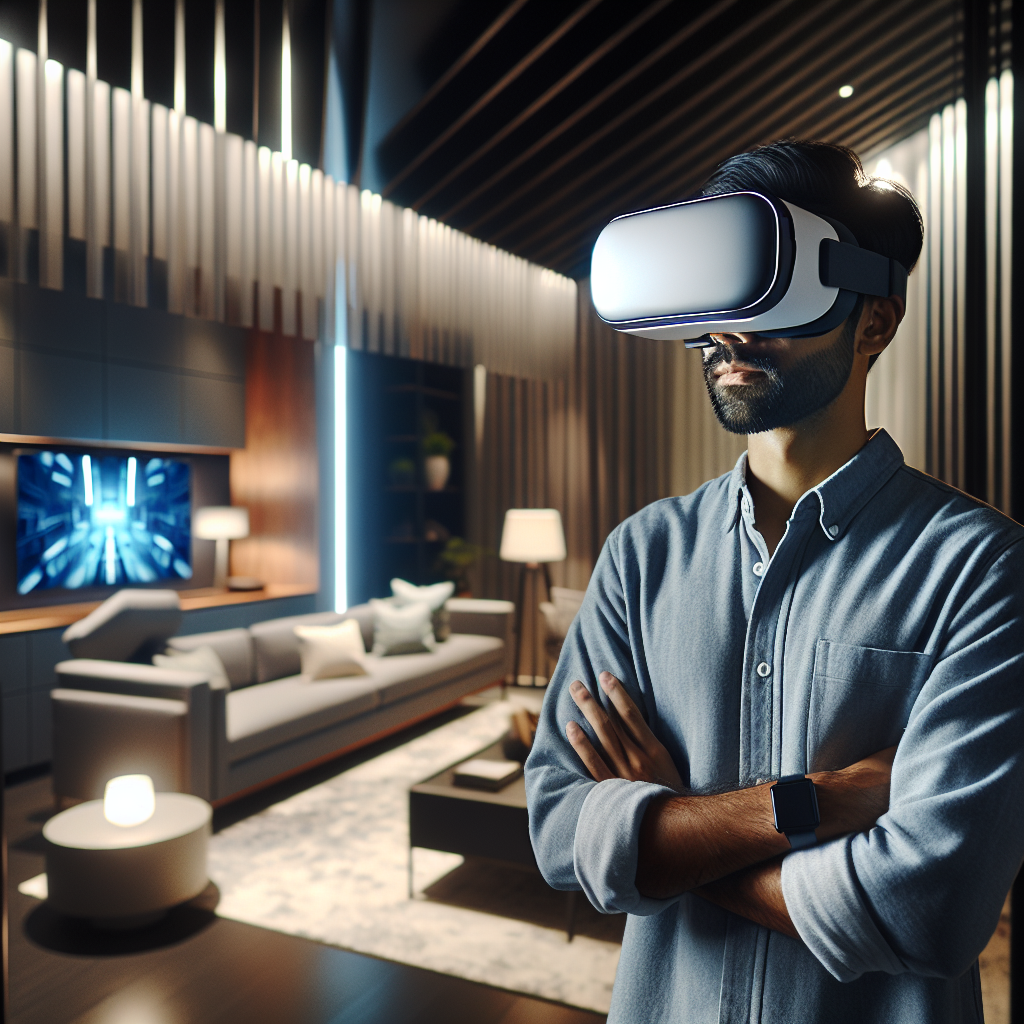The Synaptic Leap: Bridging Innovation and Neuroscience in Autonomous Systems
Discover the unseen connections between innovation and neuroscience in the realm of autonomous systems, and how it shapes the

In the disruptive gateway of the technological universe, there’s a state-of-the-art convergence happening. It’s where the worlds of neuroscience and innovation collide, producing a brand new perspective on autonomous systems. The unseen connection between innovation and neuroscience revealed.
Option Alpha, or the divergence approach, is the first strategy we explore. It’s akin to the branching dendrites of a neuron, reaching out, making connections, and forming a complex web of possibilities. This approach focuses on diversifying the technologies, a broad spectrum of applications, and varied user experiences. It’s the belief that the more diverse the ecosystem, the more robust and resilient it becomes.
On the other hand, Option Beta, referred to as the disrupt methodology, is more akin to the sudden, electric impulse of a neuron firing. It’s about creating radical changes, bringing about drastic shifts in the landscape. This approach believes in the power of a single, innovative idea to disrupt the status quo and pave the way for unprecedented advancements.
Then there’s Option Gamma, the paradoxical strategy. It’s like the synaptic leap, where two neurons come close but never quite touch, communicating across a tiny, insurmountable gap. This strategy believes in maintaining a delicate balance between stability and change, between the known and the unknown. It’s about embracing paradoxes and contradictions to find a unique path forward.
Hybrid IoT solutions offer a fusion of these strategies. They blend the diversity of Option Alpha, the disruptive potential of Option Beta, and the paradoxical wisdom of Option Gamma. These solutions are like the complex neural networks in our brains, where billions of neurons interact in countless ways, creating a system that’s incredibly robust, adaptable, and capable of learning and evolving.
These options are weighed using a decision matrix analysis. This process is similar to the way our brain makes decisions, weighing different factors, considering various outcomes, and ultimately making a choice. It’s about finding the best balance of benefits and risks, of rewards and costs, and making an informed, strategic decision.
However, implementing these strategies isn’t without obstacles. Just like the neurons in our brains have to overcome physical and chemical challenges to communicate effectively, so too do our technological systems. These challenges can be technical, like developing more advanced AI algorithms, or they can be societal, like addressing ethical concerns and privacy issues.
Performance projection is like the brain’s ability to anticipate and plan for the future. It’s about looking at current trends and making educated guesses about where they might lead. It’s about envisioning potential scenarios, preparing for various outcomes, and continuously adapting to changes.
A comparative inflection assessment is then conducted to evaluate the potential turning points in the journey. This is akin to the brain’s ability to recognize patterns, to detect anomalies, and to adjust its behavior accordingly. It’s about being alert to changes in the landscape and being ready to pivot when necessary.
The exponential culmination of this journey leads us to the nonlinear choice. This is the moment when a decision is made, when a path is chosen. It’s not a linear progression from point A to point B, but a complex, dynamic process that involves many factors and considerations. It’s the moment when all the analysis, all the planning, all the anticipation, culminate in a single, decisive action.
The future of technology, like the future of our own brains, is a vast, uncharted territory. But with the right strategies, the right tools, and the right mindset, we can navigate this terrain, uncover new opportunities, and shape a future that’s innovative, inclusive, and inspiring.




